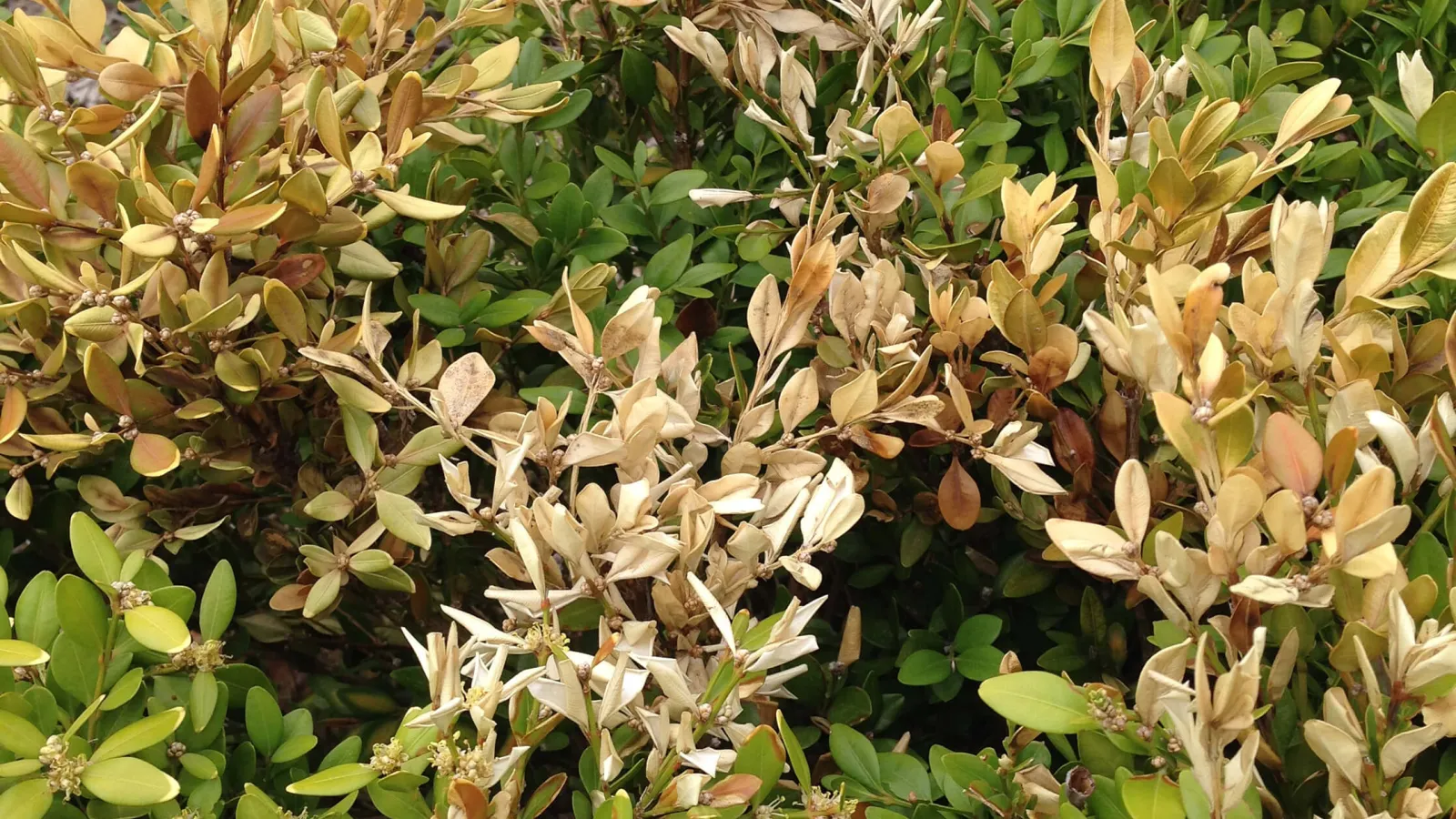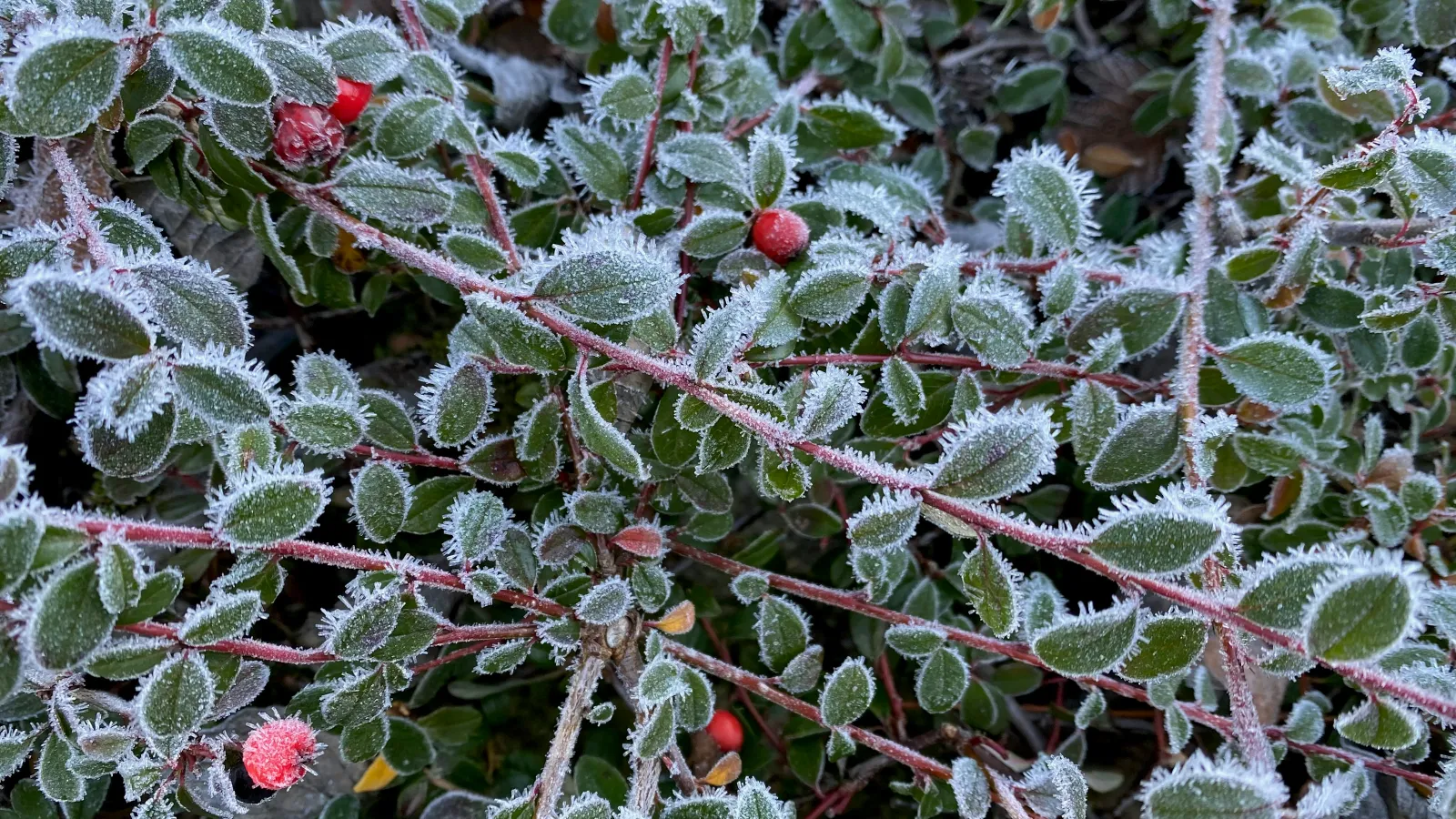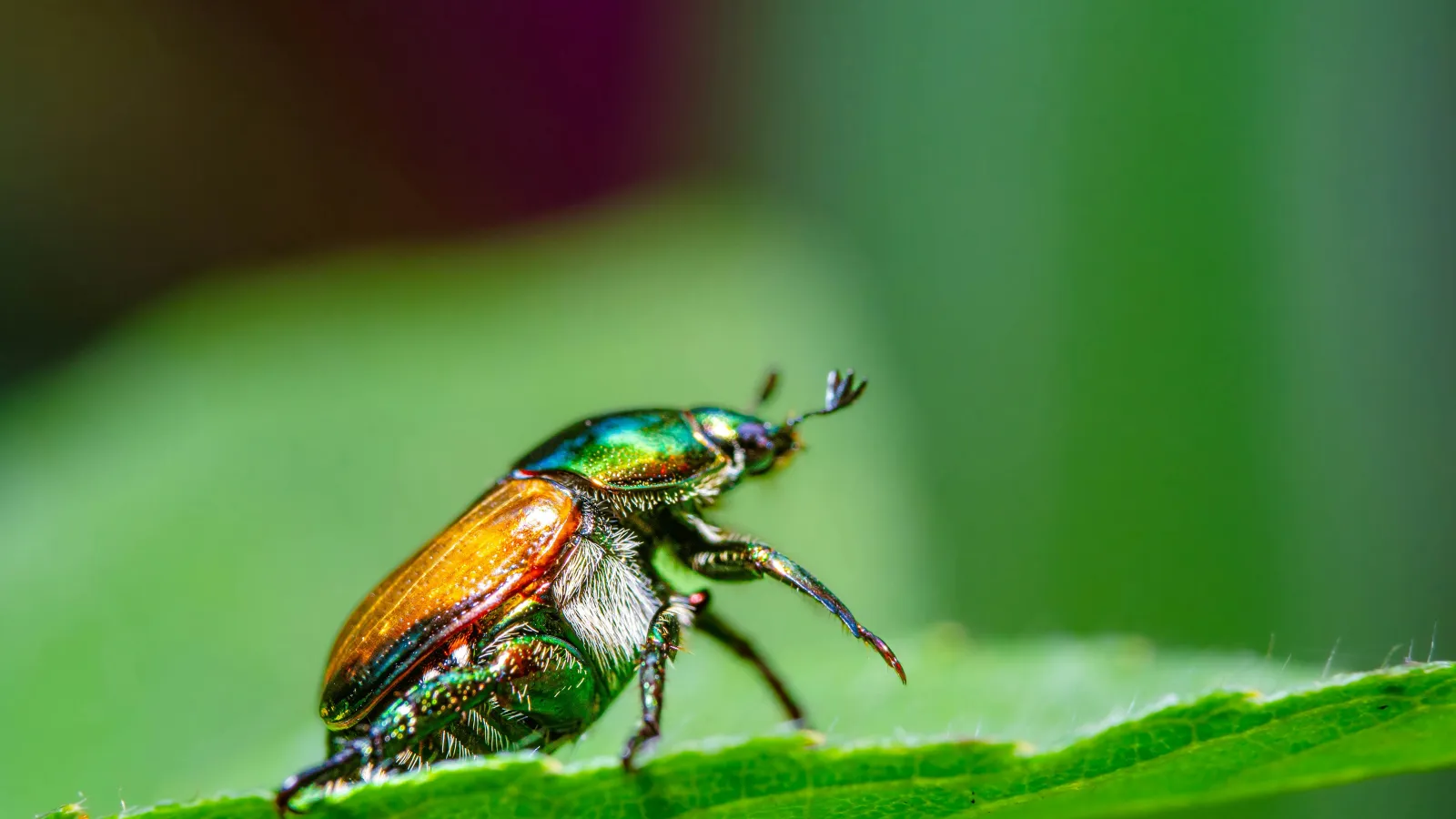
Cold Weather Damage to Shrubs
While we have fairly mild winters in the Southeast, the impact of cold injury to shrubs can vary greatly from one location to another, or even a single yard. A combination of cold conditions and an unhealthy plant can all contribute to winter damage of shrubs. And this can happen even if temperatures do not drop below freezing. Recognizing and treating the causes and symptoms of winter damage to shrubs is important to maintaining a healthy landscape.
Causes of Winter Damage to Shrubs
Contrary to popular belief, cold winters don't customarily cause shrub damage. Extreme temperature fluctuations throughout the season are more often the culprit.
Plants can be in dormancy, but not fully acclimated to the climate conditions. Shrubs need adequate time to adjust to the cold temperatures before freezing temperatures occur. Early or late-season frosts in the cooler seasons can cause damage to plants that are normally adapted to an area. Prolonged periods of mild winter weather can de-acclimate plants, making them vulnerable to be stressed or injured by a sudden, hard freeze. Frost damage will occur when ice crystals form within plant tissue, damaging their cells.
Shrubs used in the correct agriculture zone should be able to readily withstand your climate's winter conditions. However, plants that are not completely hardy to an area may experience damage from winter conditions. New plant growth and flower buds are most susceptible to damage. Check the USDA Hardiness Zone to make sure the shrubs you plant in your yard are acceptable for your climate's conditions. If you have plants with adequate climate hardiness, they should be planted in protected areas under shelter.
Unprotected root systems can cause winter damage to shrubs. Above ground root systems are highly susceptible to cold injury, especially plants in containers, planters or balled and burlapped plants. Fortunately, mulch or leaf litter can insulate most soils to sufficiently prevent soil temperatures from dropping too far below freezing.
Types of Winter Shrub Damage
The most obvious signs of cold injury in shrubs are physical symptoms such as frost damage, sunscald and desiccation.
Frost damage typically affects leaves and tender new plant growth first. Initially, frost damaged plants will appear wilted. This wilted growth will then turn brown or black in color and eventually the leaves will become crispy. This indicates that the affected parts of the plant have died.
Sunscald occurs when tender plant parts are exposed to prolonged periods of strong sunlight on bright winter days, causing softer parts of the plant to become damaged. Sun-scalded shrub damage is often white at first, and sometimes the only sign of leaf sunscald in plants. However, this can result in withered brown spots on the leaves, stems and trunks of the plants.
Desiccation damage to shrubs is apparent when leaves become dry and brown, stems have a shriveled look and buds or new growth have withered and died. Icy, drying winds that suck the moisture out of the plant cause desiccation. Water loss is greatest during windy, sunny conditions.
Caring for Winter Damaged Shrubs
While it is tempting to remove winter damaged plant growth immediately, don't. Leave the dead material on the plant until the full extent of the damage is apparent in the spring. Additionally, dead material may be providing an insulating effect to your plants and removing it too soon may expose additional tissues to future freezes. Pruning plants that have damaged or dead parts should be done in the spring. In many cases, your plants will recover by themselves if given enough time.
If you are experiencing winter damage to shrubs or want more information on our Tree & Shrub Care program, contact the experts at Turf Masters to evaluate and adequately care for your plant's needs.
Header photo credit: Purdue University

